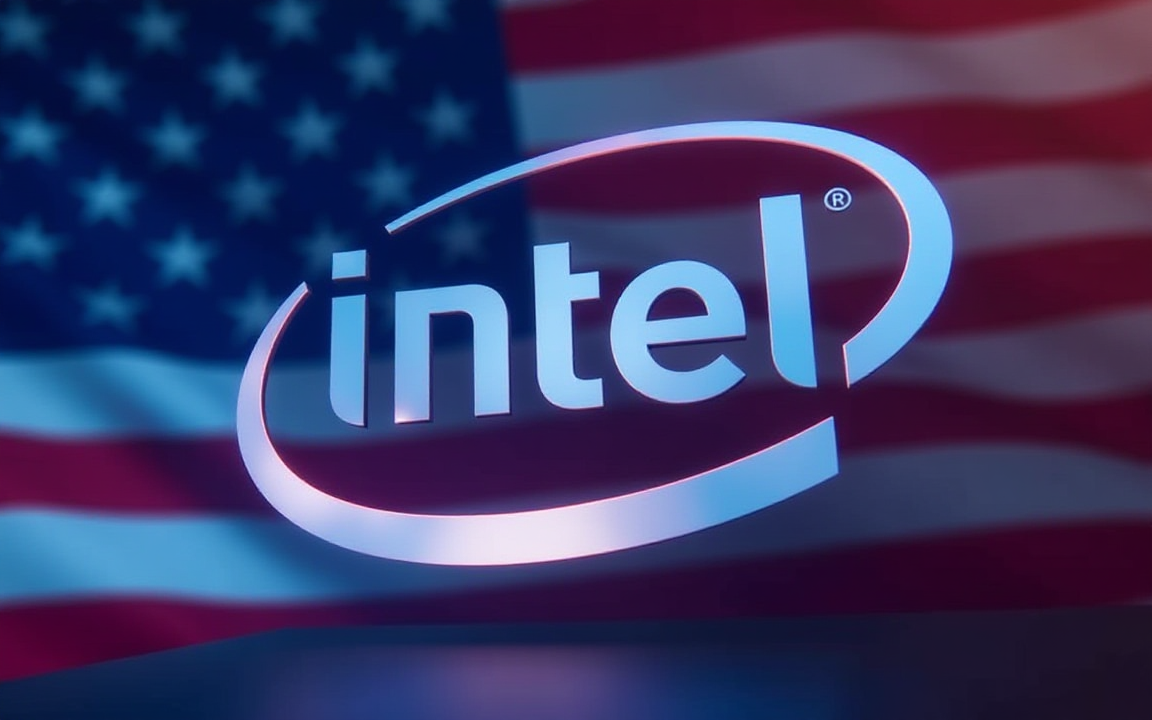The Trump administration’s reported plan to scoop up a 10% stake in beleaguered tech giant Intel Corporation could provide a much-needed upside to the company, analysts say.
“There is precedent for the US government to take stake in public companies,” UBS analysts said in a research note.
The analysts added that there are early signs that the beleaguered chip maker’s turnaround will bear fruit, citing interest from Broadcom, Nvidia and Apple in Intel’s products.
“An upside case could potentially come to fruition if the US government pushes these companies to engage more immediately with Intel on foundry services,” they said.
“This could be part of a broader effort to create the American Semiconductor Manufacturing Corp.”
Trump administration’s plan to invest in Intel
According to a Bloomberg report published on Tuesday, the Trump government is looking to acquire a 10% stake in the company which could make it the tech major’s largest stakeholder.
Discussions have included converting $10.86 billion in recent federal grants into equity which roughy translates to a 10% stake.
If finalized, it would mark one of the largest government interventions in a US corporation since the 2008 bailout of General Motors and Chrysler, which is credited with saving more than one million auto industry jobs.
The Bloomberg report also said that as part of the potential deal, the government could also convert some or all of Intel’s grants from the 2022 US CHIPS and Science Act into equity.
Intel has been awarded about $10.9 billion in Chips Act grants, including $7.9 billion to support its domestic investment plans and $3 billion to further its semiconductor manufacturing for national security.
‘Investment to help Intel stabilise’: Bessent
US Treasury Secretary Scott Bessent on Tuesday confirmed the report, saying Washington was indeed considering converting federal grants into equity in Intel Corp., in what could amount to a 10% government stake in the troubled chipmaker.
“The stake would be a conversion of the grants and maybe increase the investment into Intel to help stabilize the company for chip production here in the US,” Bessent said on CNBC’s “Squawk Box on Tuesday.
He did not divulge more details, but assured that an investment would not amount to “forcing” US companies to buy chips from Intel.
Lutnick, speaking on a separate CNBC program, said the Biden administration had been “giving away” grants with no return on investment, but US President Donald Trump wanted to change that equation.
“The Biden administration literally was giving Intel money for free and giving TSMC money for free, and all these companies just giving the money for free, and Donald Trump turned it into saying, ‘Hey, we want equity for the money. If we’re going to give you the money, we want a piece of the action for the American taxpayer.’”
Can government stake boost the Intel stock?
The potential stake comes at a critical time for Intel.
The company reported an $18.8 billion annual loss in 2024, its first since 1986, as it struggles with management missteps and heightened competition.
Despite these challenges, investor sentiment improved this week. Shares surged more than 8% on Tuesday, extending their five-day gain to 18%.
The market rally followed not only the government stake discussions but also a $2 billion investment by Japan’s SoftBank Group announced on Monday.
Analysts say the twin developments could provide much-needed financial and strategic support for Intel’s turnaround.
UBS maintains “some degree of optimism” that Intel’s stock price could reach $40 a share, though the bank notes “a lot would have to happen” and that the raise would take place “over a longer time frame”.
The post What a US stake in Intel means for the company and the INTC stock appeared first on Invezz

